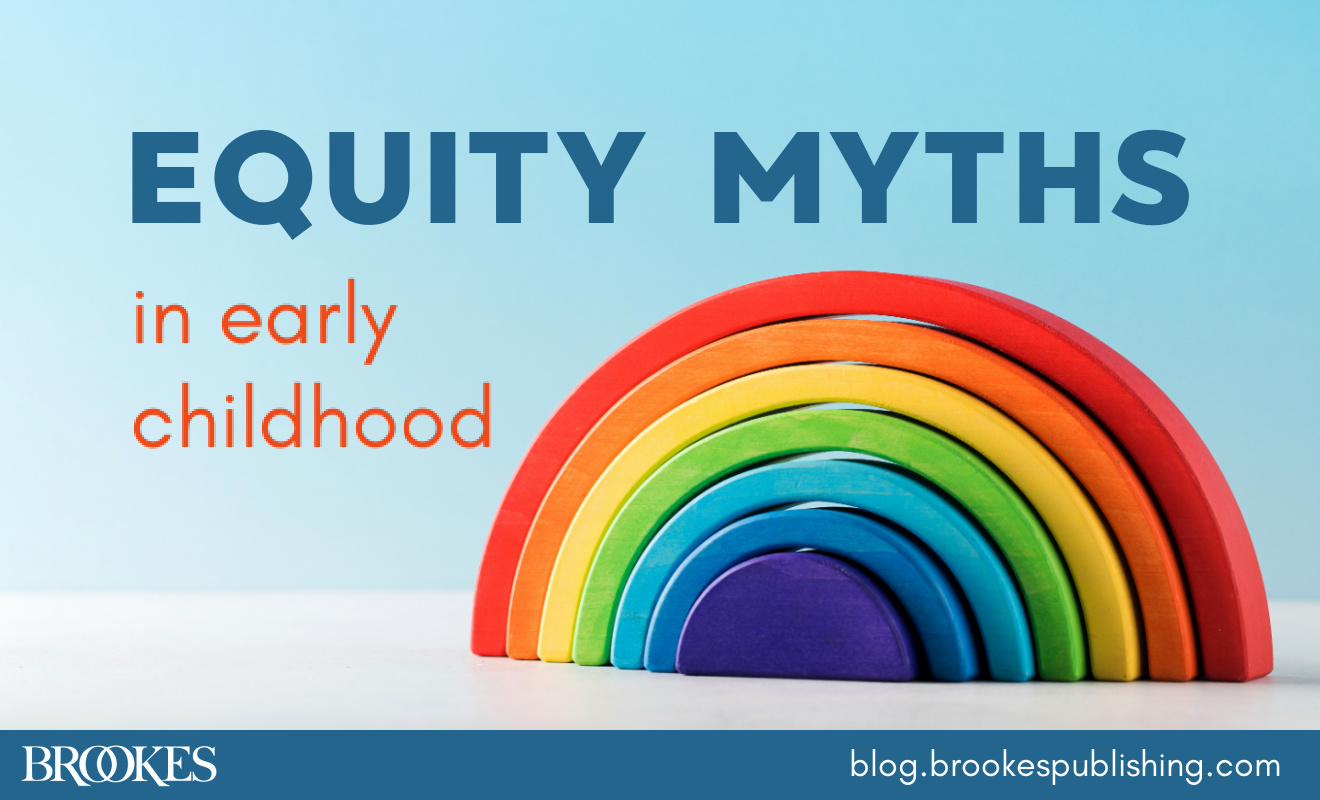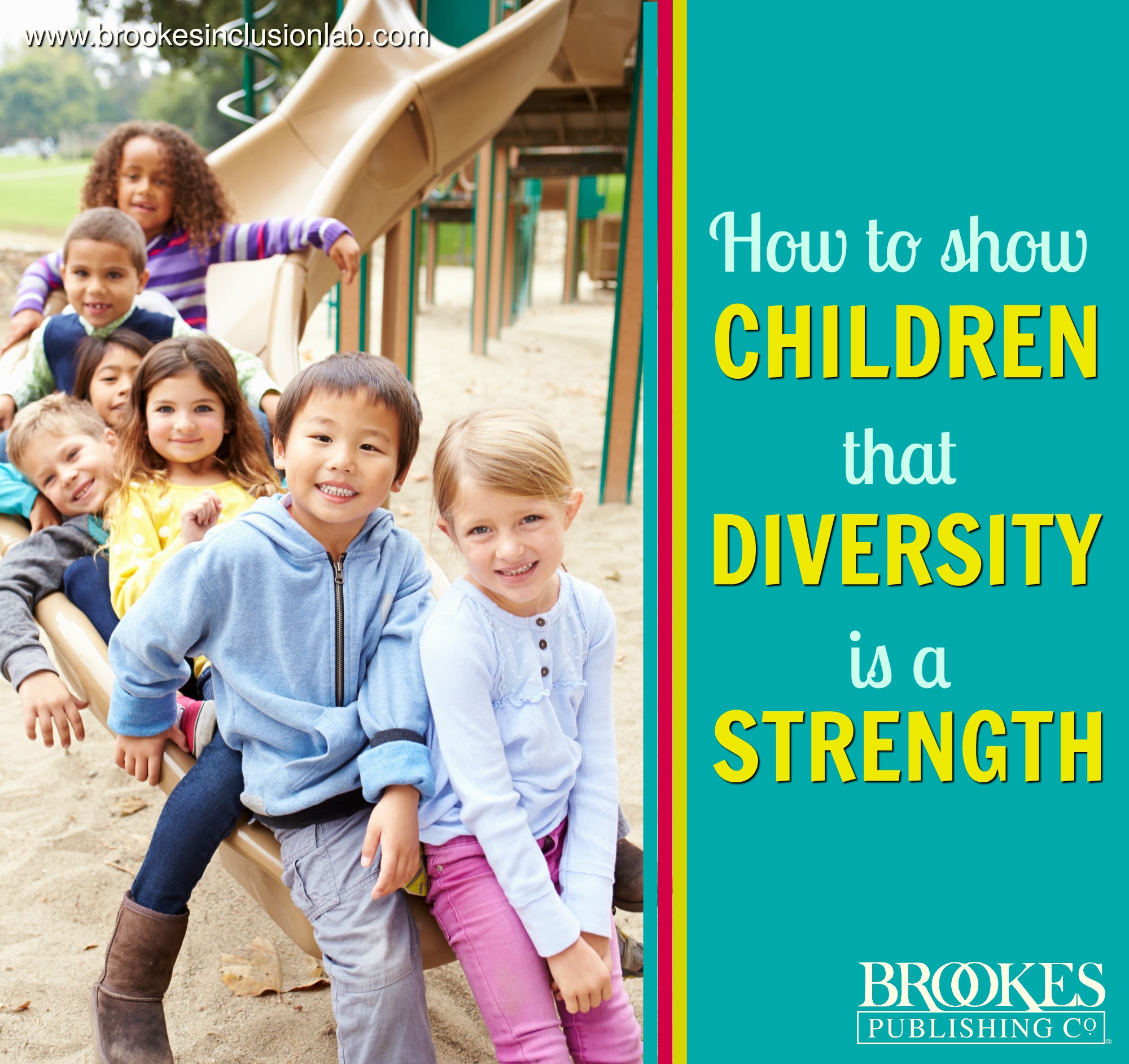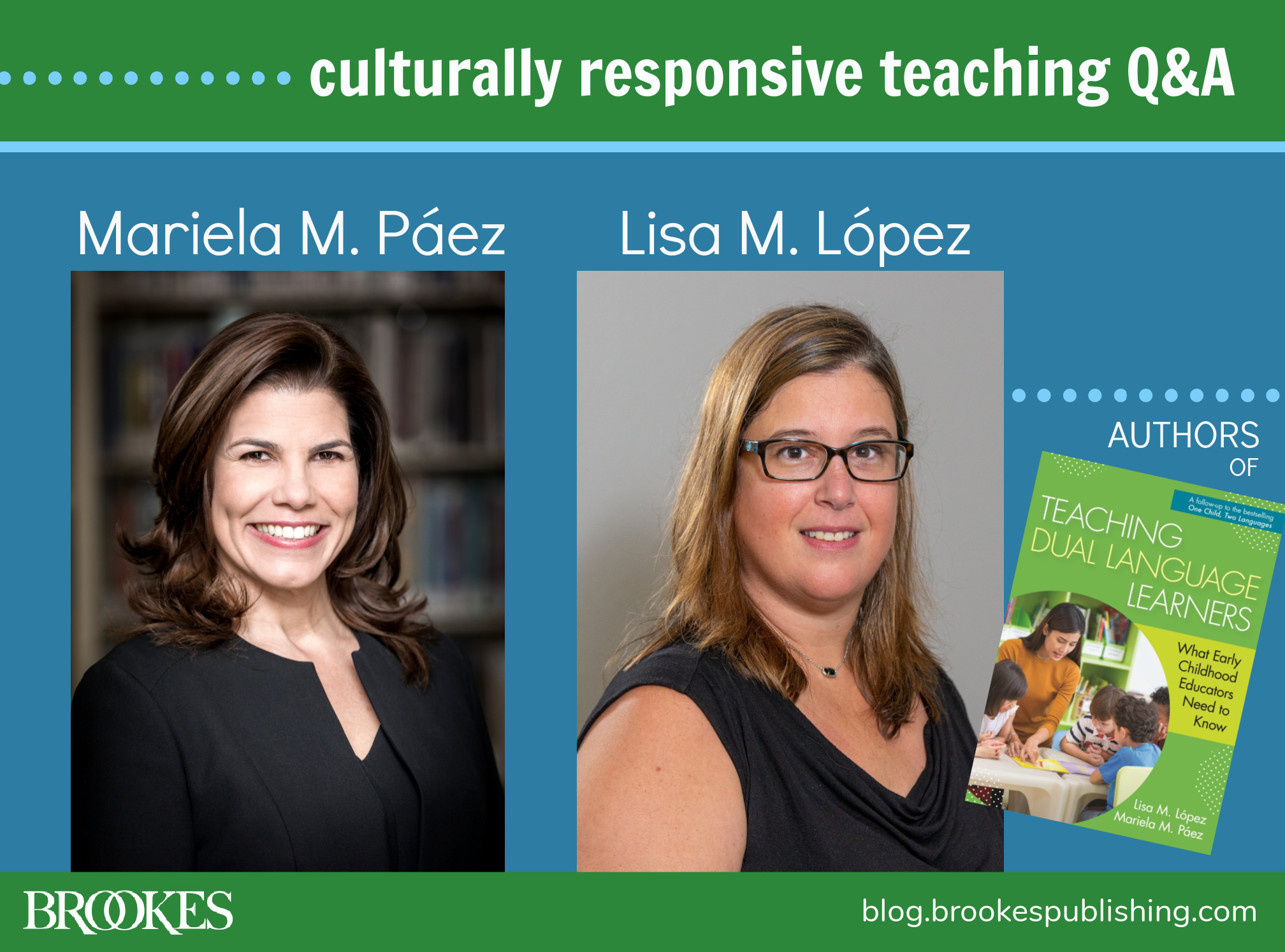“Can’t We Just Keep Things Like They Are?”: 4 Equity Myths in Early Childhood
April 13, 2023
How can you start—or continue—your journey toward equity, access, and belonging for all children and families in your early childhood program? This essential work starts with dismantling the common myths that early childhood professionals may subscribe to, whether consciously or unconsciously.
In their new book Coaching for Diversity, Equity, Inclusion, Accessibility, and Belonging in Early Childhood, Anni K. Reinking and Laycee Thigpen address some of these myths that persist when discussing equity-focused work. Excerpted and lightly adapted from the book, today’s post is a good starting point for vital conversations around inequitable practices and policies.
 Myth #1: Children in early childhood programs are too young to learn about equity.
Myth #1: Children in early childhood programs are too young to learn about equity.
While many early childhood educators might believe that 3-, 4- and 5-year-olds are too young to discuss -isms such as racism and sexism, children are ready. Research shows that infants as young as 6 months old can show a preference to an individual’s skin color. Additionally, infants can tell the difference between the sounds and intonations of voices, specifically the use of “motherese” (i.e., baby talk). This ability to differentiate, based on environmental cues (visual and auditory), supports the idea that as humans we focus on surviving. We were built as a species to survive; therefore, we pay attention to differences and similarities in our environment.
Young children are aware of race and gender differences and are beginning to form ideas about diversity. These same children are growing older and experiencing their own power and privilege, or lack of power and privilege, based on their identities. While some may question if teaching about equity is developmentally appropriate, the truth is children are already learning about diversity, equity, inclusion, access and belonging through life experiences and their understanding of fairness. It is important that we create schools and organizations that are a place where our students can be their authentic self without the punishment that society has historically placed on historically marginalized identities.
Myth #2: Can’t we just keep things like they are? The way we’ve always done things is fine.
 As the preschool population becomes more diverse, education organizations must address the embedded, historically inequitable practices and policies to meet the needs of the inevitable diversity in every community in the United States. There is diversity of thought, diversity of race/ethnicity, diversity of socio-economics, diversity of sexuality and gender, diversity of religion, diversity of ability, diversity of age, and diversity of experiences. Each of these diverse identities have been, and continue to be, part of early learning environments. Therefore, it is imperative to do the work of diversity, equity, inclusion, access, and belonging (DEIAB) and to start or continue the conversations of transforming early childhood environments to be inclusive for all.
As the preschool population becomes more diverse, education organizations must address the embedded, historically inequitable practices and policies to meet the needs of the inevitable diversity in every community in the United States. There is diversity of thought, diversity of race/ethnicity, diversity of socio-economics, diversity of sexuality and gender, diversity of religion, diversity of ability, diversity of age, and diversity of experiences. Each of these diverse identities have been, and continue to be, part of early learning environments. Therefore, it is imperative to do the work of diversity, equity, inclusion, access, and belonging (DEIAB) and to start or continue the conversations of transforming early childhood environments to be inclusive for all.
Fear of the unknown can stop us from questioning practices that we “have always done.” If we are truly going to transform early childhood environments for all, we cannot continue to use the same policies and expectations that we have always used because, frankly, they are built on exclusionary practices and mindsets. A question we often ask when working with groups of professionals centered on the concept of inclusion is: Who/what group are you willing to exclude? If we do not include, we inevitably exclude.
 Myth #3: This is just more work for teachers.
Myth #3: This is just more work for teachers.
Change takes time and intentionality. DEIAB work is not just another task for teachers to complete once a year. For equitable learning environments to be built, it requires individuals to constantly question, reflect, analyze, and implement transformative practices. Through this process, teachers will be able to learn how their own socialization and privilege or oppression has influenced the hidden curriculum in their classrooms. Yes, it does require effort, but these reflective practices are part of the learning and growing journey.

Myth #4: “I don’t see color.”
The world that we live in is becoming more and more diverse. In fact, the preschool class of 2020 is the first class to have a majority of students who identify racially as Asian, Black, Latinx, Native American, Bi-racial and Multiracial. Therefore, when teachers choose not to see the whole child, including all of the child’s identities, educators are using privilege, consciously or unconsciously, to decide who is seen (represented) in the classroom. By stating “I don’t see color” the message is, “I do not see all of you.” Furthermore, when “I don’t see color” is stated, the intentional representation of all students in the curriculum is also often absent. “When children cannot find themselves reflected in the books they read, or when images are distorted or negative, the lessons are powerful to describe how they are devalued in society” (Bishop, 1990).
Early learning environments will continue to grow more and more diverse, and schools and programs must be ready to ensure that every child learns, belongs, and thrives. Reflecting on and debunking these myths is a great first step. For comprehensive guidance on what it takes to truly transform a program through DEIAB work, get the practical book behind today’s blog post!





Write a Comment
Your email address will not be published. Required fields are marked *
Post a Comment